The bees are in trouble.
I never knew how important bees were to our ecosystem until recently. Since 2006, beekeepers have lost an average of 30 percent of their hives annually. This is a problem since from strawberries to soybeans, bees are responsible for one in three bites of food we eat. Just let that sink in. Without bees, one third of our food would not exist. The thing is, a life without bees is a potential reality.
Bees are dying at an alarming rate.
Pests, disease, loss of habitat, and changing climate have all contributed to bee die-offs, but nothing has done the same amount of damage as insecticides. Some of the world’s most widely used insecticides, neonicotinoids (neonics), are the leading cause of the bee’s decline. This is a huge problem since without bees to pollinate crops and flowering plants it puts not only our food system, but also our entire ecosystem at risk.
 It’s not just spraying neonic pesticides that is killing the bees. In fact, even many “bee friendly” garden plants are treated with neonic pesticides which actually move through the plant and are in the pollen. This is one of the main reasons that buying organic or at least ensuring that the products you purchase have not been treated with neonics is so important.
It’s not just spraying neonic pesticides that is killing the bees. In fact, even many “bee friendly” garden plants are treated with neonic pesticides which actually move through the plant and are in the pollen. This is one of the main reasons that buying organic or at least ensuring that the products you purchase have not been treated with neonics is so important.
This doesn’t have to happen.
Already, based on evidence as well as consumer demand, a growing number of responsible retailers have decided to remove bee-harming pesticides from their shelves. This is one of the reasons that Friends of the Earth’s Bee Action campaign is calling on the United States government to restrict neonics — similar to what Europe and Ontario, Canada have done. In fact, the Friends of the Earth supports the “Saving America’s Pollinators Act” which was introduced to suspend the use of neonics until the EPA reviews all of the available data.
Take action in your own backyard.
 One of the number one ways to help the bees in your own yard is to create a bee-friendly environment using a bee house for mason bees. At first I was a little skeptical about actually attracting bees to my backyard, especially since I have kids. However, after I found out that mason bees are actually non-stinging, super pollinators are don’t pose any risk to my family, I was all in.
One of the number one ways to help the bees in your own yard is to create a bee-friendly environment using a bee house for mason bees. At first I was a little skeptical about actually attracting bees to my backyard, especially since I have kids. However, after I found out that mason bees are actually non-stinging, super pollinators are don’t pose any risk to my family, I was all in.
The bee house was easy to install. You have to install it in an area that is protected from wind or harsh weather, and three to six feet above the ground. This provides a safe place for the mason bees to nest and lay eggs. Additionally, bees need a lot of water so make sure that they have a fresh water source to drink from.
To find out how you can help save the bee populations, check out the Friend’s of Earth’s Bee Action campaign. There you can find out how to get your own bamboo bee house, a Bee Action Toolkit, and other ways to take action beyond your backyard to help save the bees.
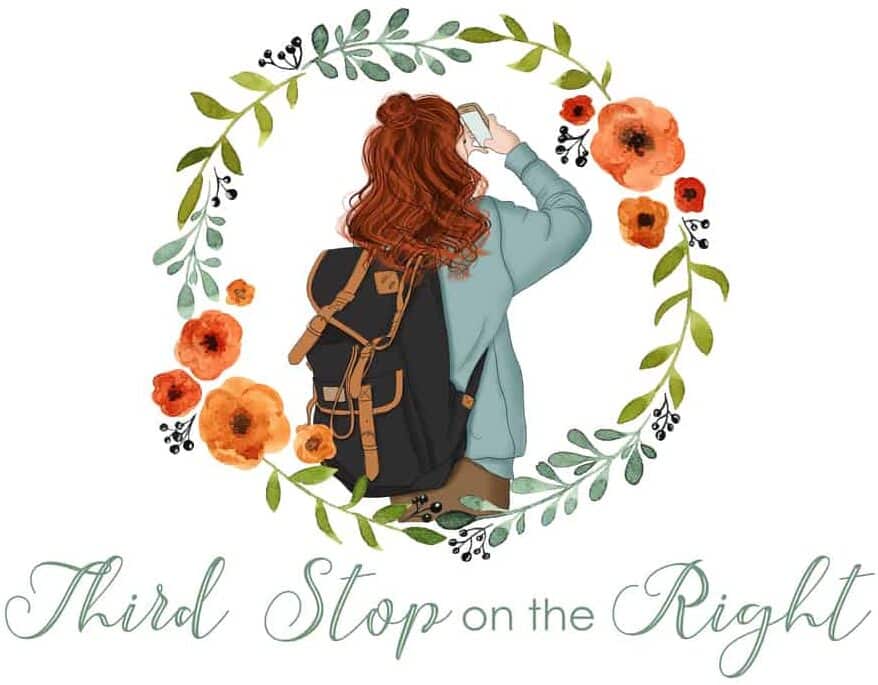

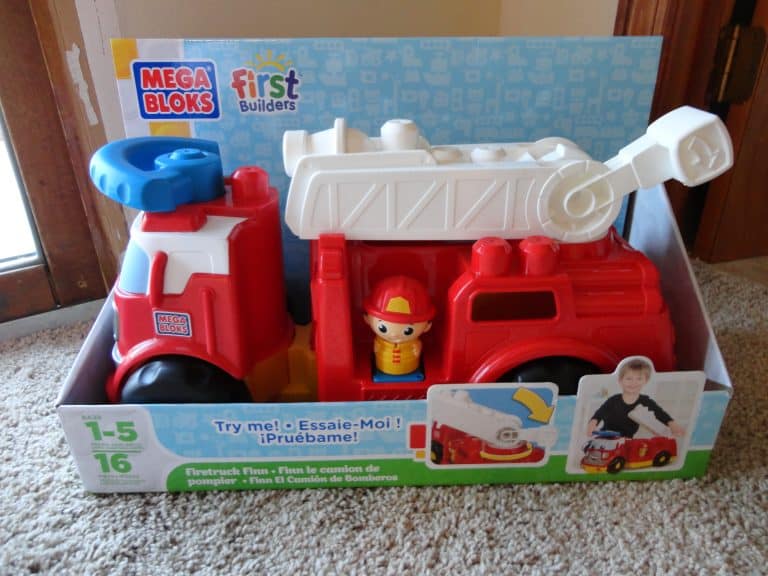

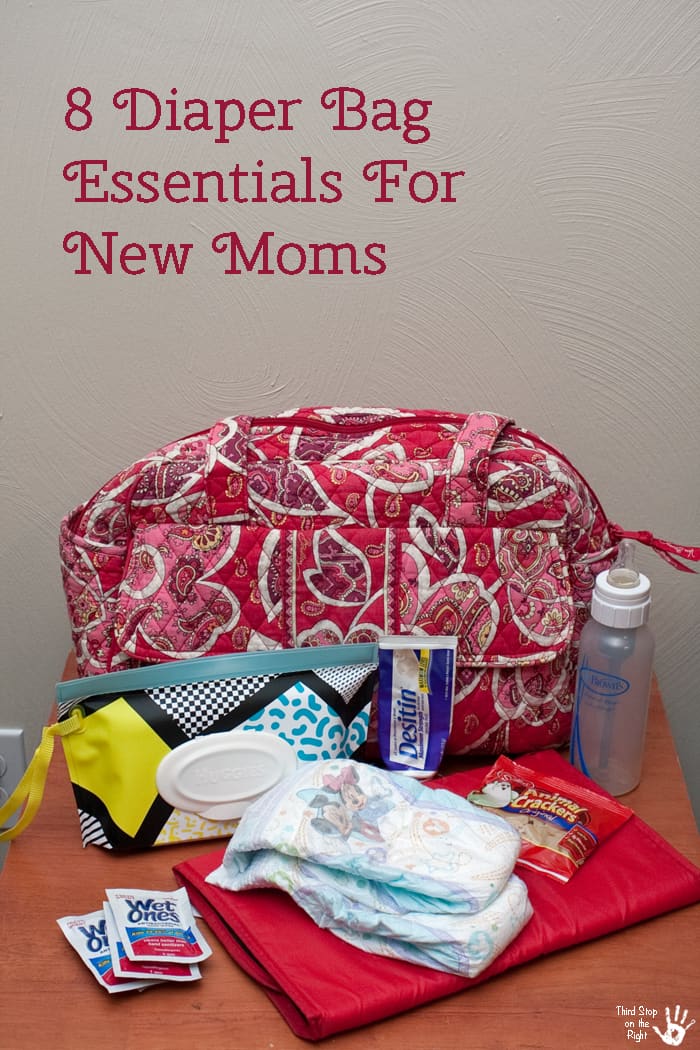
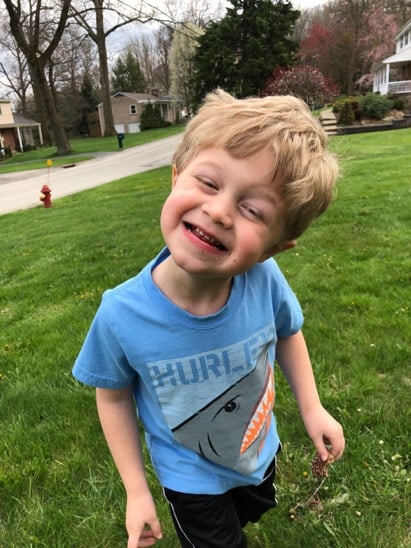
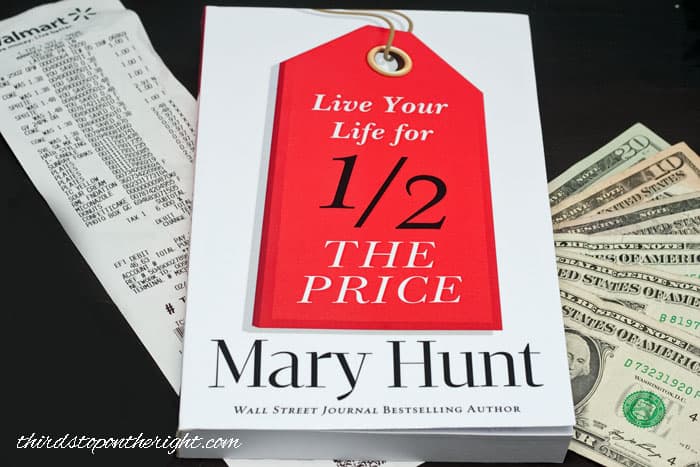
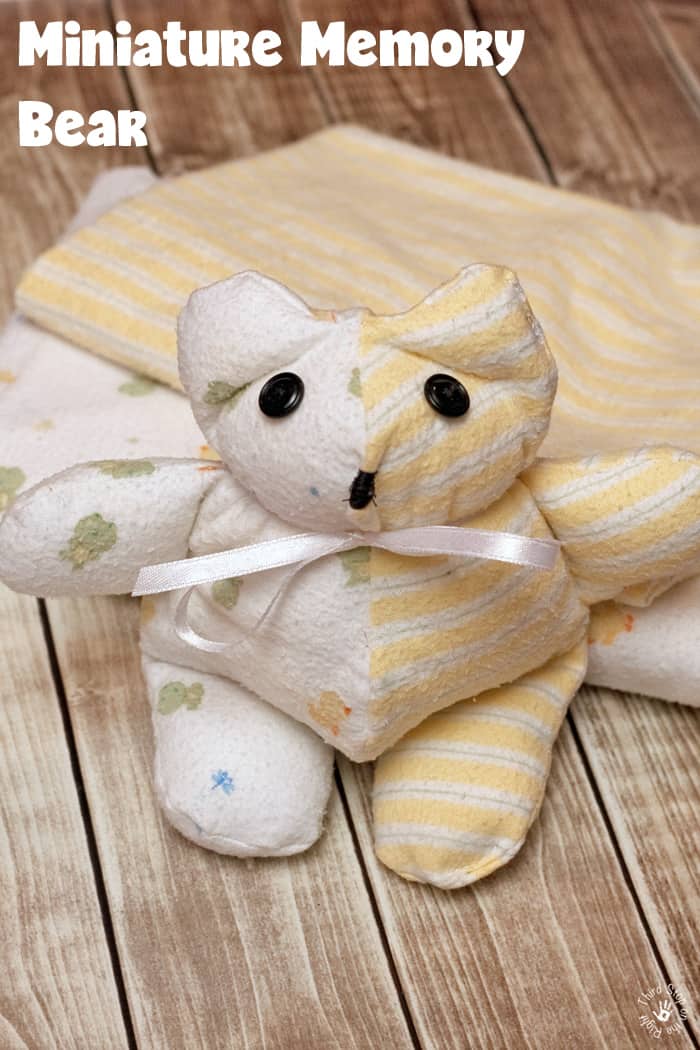

I had never heard of mason bees, but now I want to put up a bee house for them! What a great way to help support the bee population we need for pollination! Thanks for sharing.